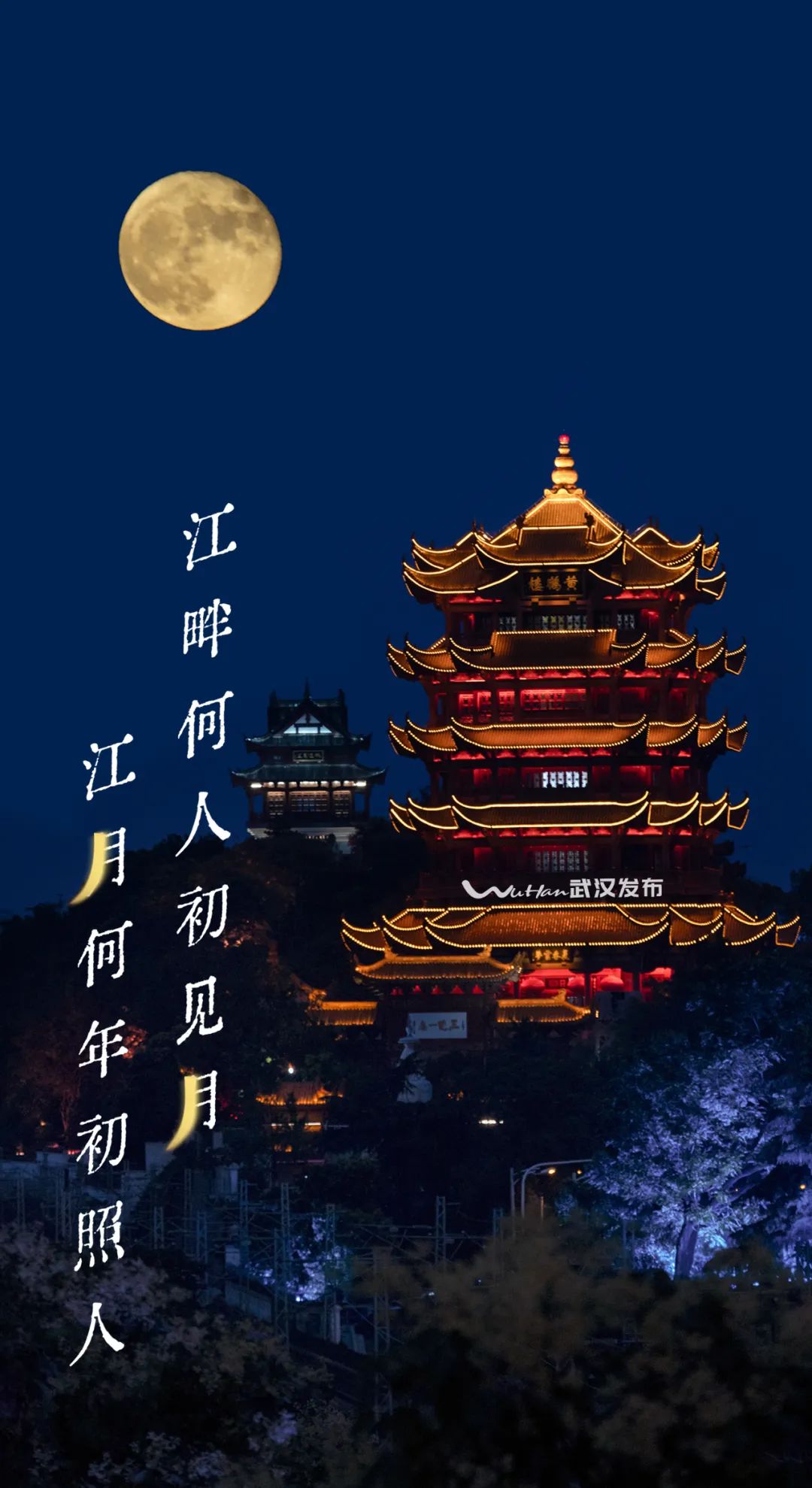Is the newly discovered architectural relics in the Sanxingdui sacrifice area?
Author:Listening to FM Time:2022.06.13
This morning, the Sichuan Provincial Institute of Cultural Relics and Archaeological Research released the stage of archeological excavation of the Sanxingdui site in the "Archaeological China" major project. In addition to a large number of utensils that have not been seen before, a building base address of about 80 square meters was also found in the sacrifice area. Regarding its use, more research needs to be studied. Experts said that the only sacrifice in the sacrifice area of the Sands may provide a reference for Samsung Dou.
Jinsha's architectural relic is located in the core area of the Sands sacrifice area and consists of 9 pillar holes. Each pillar hole is round -cornered, with a side length of 0.45 meters and a depth of about 1.3 meters. The pillar hole is a vertical trace left after the wooden column rotten. The pillar hole is often used in archeology to determine the possibility of the existence of house buildings. From the perspective of the entire relics, the building here should be rectangular. Some experts believe that it may be nine Totem pillars; some think it may be a top sacrifice high -Taiwan; Yang Hongxun, a well -known architectural archeologist in China, believes that it is likely to be a large dry column with a long ladder with a long ladder. Architecture, and it is recommended to call it "Gu Shu Daisha".

Jinsha site "Jiuzhu Relics"

"Ancient Shu Dashe" recovery map
As the only architectural relic in the Jinsha sacrifice area, the surrounding area of Jiuzhu is the most dense area of precious cultural relics. The analysis of the accumulation and unearthed cultural relics of the base layers, the construction era of the "nine pillar architecture" of the Jinsha site sacrifice area was about the late Shang Dynasty, and the abolition period was about the early Western Zhou Dynasty, that is, 1200 BC-900 BC, and the use time was nearly 300 years.
More importantly, the ruins of the Jiuzhu are moving northwest-southeast, pointing to the direction of the sun in the winter solstice. In 2010, archeologists jointly measured the direction of the building base address with professional surveying and mapping personnel. The results showed that the building was tilted with 27.17 ° east and south, which was highly consistent with the direction of the Chengdu Plain's winter solstice. In other words, the sun in the winter solstice every year rises in front of the building. Therefore, the status of Jiuzhu architecture is very special. Experts speculate that it is likely to be a place for the ancient Shu ancestors to hold a sacrifice ceremony.
Around 3200 to 600 BC, the ancient Shu Jinsha first faced the sun, and presented exquisite utensils such as gold, copper, jade and stone artifacts to the heaven and earth, and prayed for the wind and rain. In addition to the use of Sanxingdui sacrifice pits, the Sands people also adopt the way to bury on the spot. In addition to the sacrifice supplies, in addition to the golden jade bronze and a large number of ivory, it also uses a large number of teeth, antlers, and Bujia. It can be seen that the lives of the ancients of the two places and the sacrifice rituals have developed in the same vein.
Reporter Wang Huan
- END -
The full screen brushed the moon, but it looked down and saw Huanghelou

Urban Photo Team Yifan PhotoJust Super Moon appeared in Wuhan Night SkyThis year's...
"Overwhelming" vs "Ganning School", the cultural PK of the "Wuhan Derby" poster

The Yangtze River Daily's Wuhan client on June 15 (Reporter Ma Wanyong) Wuhan Derb...